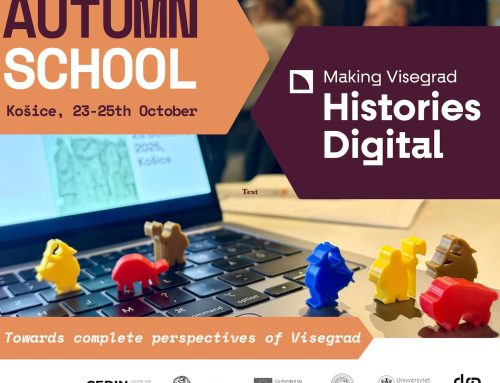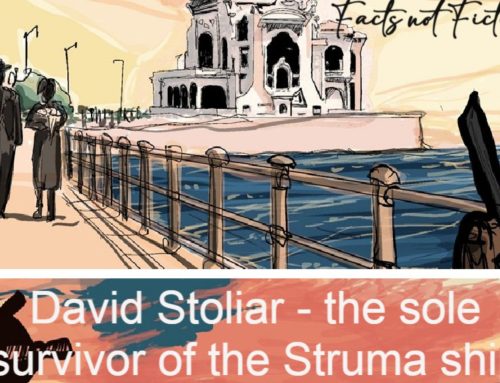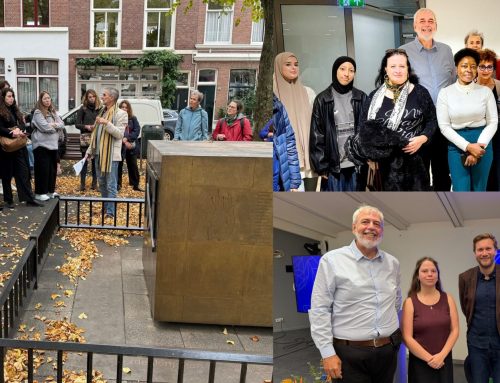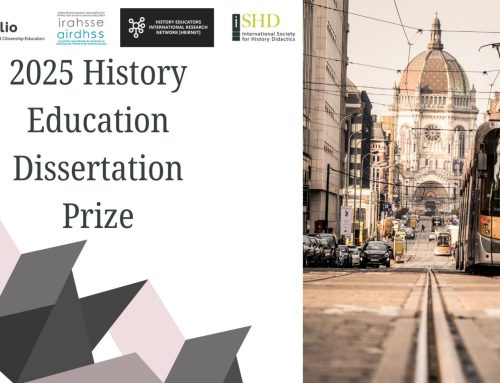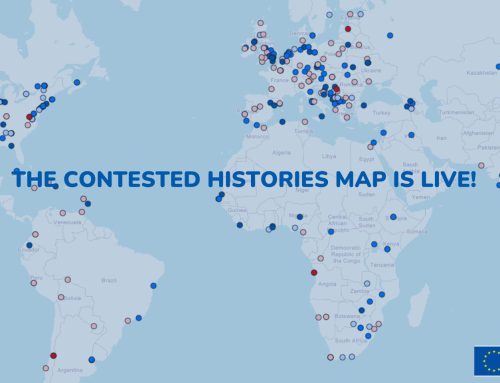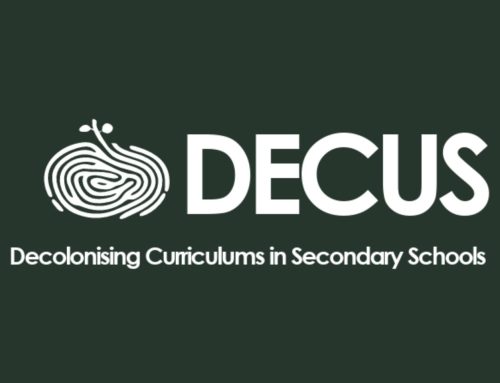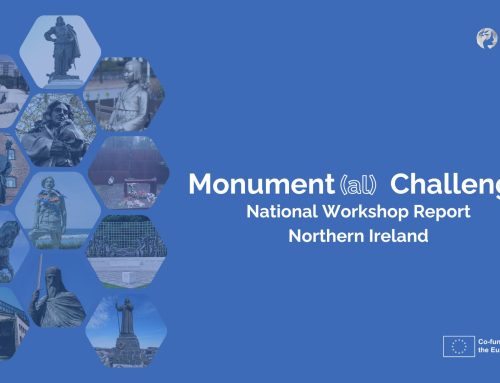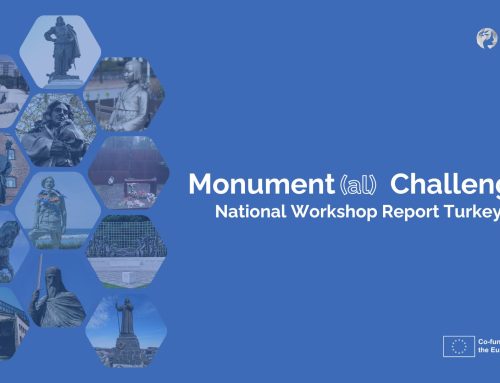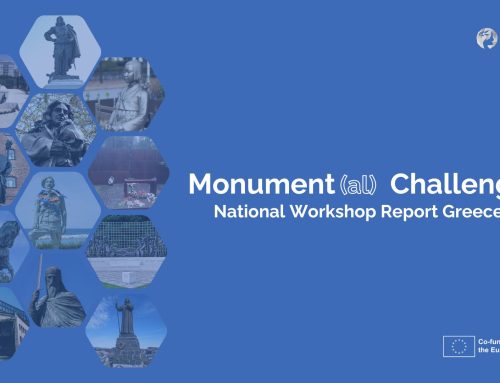On 25 and 28 November 2016, several Learning Activities developed within the European project Silencing Citizens through Censorship were successfully piloted by Harri Beobide at the Professional Training Centre Ikastolen Etxea in Donostia-San Sebastian and Urretxindorra ikastola in Bilbao, both Spain.
Five modules: Censorship in Nazi Germany, Is Censorship Still Alive?, Ideas still dangerous in the present?, Dangerous Art, Education and Censorship in totalitarian regimes and What could they know? were piloted over the course of two sessions lasting two hours each and constituted a complementary part of a teacher training involving 58 history teachers from 45 different schools. The workshops provided the teachers with the opportunity to learn about innovative teaching methods in the field of history education and hence to improve their teaching strategies and methodology.
Each session started with a general introduction to the project and the Historiana portal. Then the teachers were divided into groups of four and given two different learning activities each. This gave the teachers the chance to analyse one activity in depth while getting a general idea of the materials developed within this project.
After evaluating the structure of the material, the various sources and different types of tasks for students the teachers were asked to voice their thoughts and feedback. The feedback was predominantly positive with teachers responding that they found the activities interesting and thought-provoking. They particularly stressed the variety of sources and their international character as good aspects. They also felt that comparing sources from different countries and different time periods encourages students to make connections between the past and the present and helps them to develop their ability to think critically and in multiple perspectives. The open character of the tasks gives students the possibility to come up with different answers which encourages them to think creatively. This can lead to discussions among students, developing their ability to debate, agree but also disagree. Such activities, according to the teachers, enrich the students’ learning process as a whole. Most teachers responded that they would like to use the modules to complement their own lessons.
However, the teachers saw difficulties with the complexity of the modules as many tasks require an advanced level of historical knowledge. They suggested to include variations of certain tasks and activities, so that they can be used for a wider range of age groups.
Read more about the Silencing Citizens Through Censorship project on our project page.


